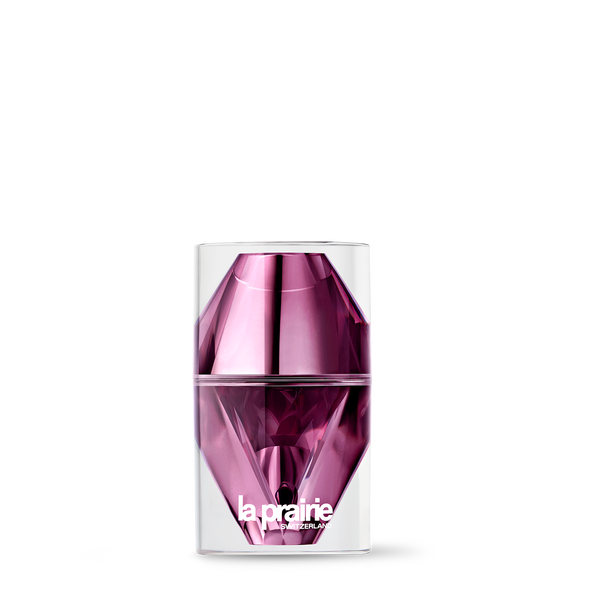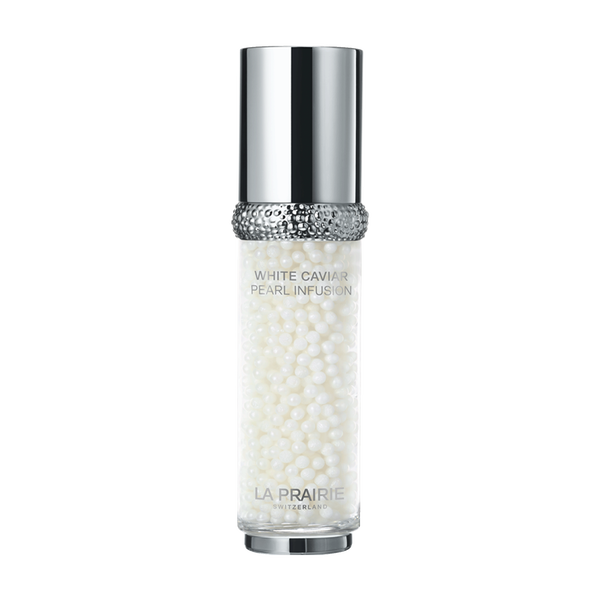Can we help?
Please get in touch by phone or email
+852 2809 0100
Call Us

SKIN CAVIAR
LIQUID LIFT
POTENT LIFTING SERUM

SKIN CAVIAR
EYE LIFT
LIFTING AND FIRMING EYE SERUM

SKIN CAVIAR
LUXE EYE CREAM
LIFTING AND FIRMING EYE CREAM

PLATINUM RARE
HAUTE-REJUVENATION CREAM
REJUVENATING CREAM

PLATINUM RARE
CELLULAR NIGHT ELIXIR
REJUVENATING NIGHT CONCENTRATE

WHITE CAVIAR
PEARL INFUSION
ILLUMINATING AND FIRMING LIGHT-INFUSED FACE SERUM

WHITE CAVIAR
CRÈME EXTRAORDINAIRE
ILLUMINATING CREAM